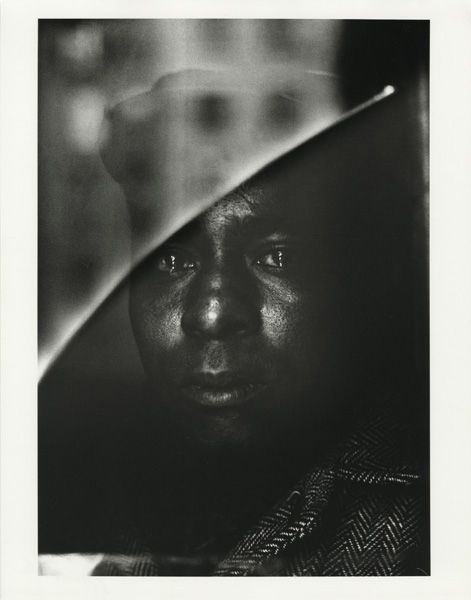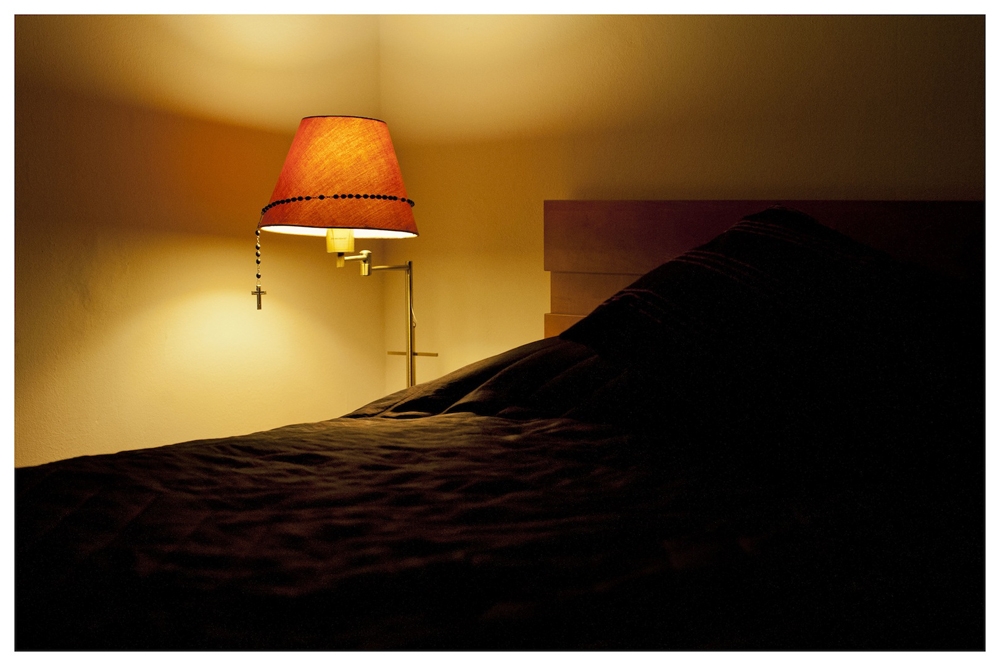There Is Insensitivity With A Camera And There Is Stupidity
Although I have done it, I am very uneasy about turning a camera on a person who is unaware of my presence. It may just be a natural disinclination to voyeurism (based on exquisite taste, of course); but I think it is more likely a base instinct for self preservation – perhaps the result of a difficult photographic lesson I learnt many years ago.
In the late 1970s I lived in Kabul, Afghanistan. A friend of mine was leaving the country and wanted to spend a day photographing a few memories for himself. He asked me if I would drive him round and I agreed and took my own camera with me.
The Soviet Army had invaded a few months before but the city itself was pretty peaceful. We had a fine time in peerless winter Afghan weather, strong sun and blue skies, driving south out of the city towards the Darulaman palace – then still standing. We took a dusty track eastwards along the city’s perimeter and stopped to take in the view. I then did a very stupid thing. As we gazed, I noticed that there was a Soviet gun emplacement over to our left. I had a little Pentax MX with a reasonably long telephoto lens on it – around 125mm maybe. Out of idle curiosity I swung it round towards the emplacement. I couldn’t see much but what I did see sent my heart racing. Through the lens I saw a sentry turn, look, raise his rifle and take aim at me.
I think I probably froze for a second before dropping the camera away from my eye. But still he was aiming. All I could manage then was a sad parody of a John Wayne movie. I raised my hands as high as I could. I seemed to have stopped breathing. The sentry lowered his rifle and came bounding across the snow towards the pair of us with several comrades. They grabbed the cameras and us and pushed us through thigh high snow to their tents.
Things then moved from high drama to soap. The Soviet soldiers clustered round us both and started asking the questions that Soviet citizens always asked of westerners: how much do you earn, how much does your car cost, how much does a house cost and so on. I did my best to answer in halting Russian in a naked attempt to build bridges. Apart from the periodic appearance of their unfriendly sergeant to call me a spy and running dog it all went quite well, in fact. As the afternoon wore on and the sun and the temperature dropped we moved into a large tent. They placed our cameras gently on some sacking and laid strips of cloth over the lenses for protection. They rolled me a cigarette which I accepted gratefully, even though I had stopped smoking over a decade before, and offered us compote – a watery drink with berries at the bottom which we sipped as though it were nectar.
They were tall, impressive looking guys in shapkas and greatcoats some of which had deep red lapels. Strong beams of sunlight raked through the darkened tent and the shadows slipped into blackness. Several of the soldiers stood one booted foot forward with hands slipped inside their coats Napoleon-style. It was a timeless moment. I suddenly thought of those great nineteenth century oil paintings of military campaigns where staff officers are gathered round in the commander’s tent and the artist engineers high contrast lighting in just this way. It would have made a truly fabulous photograph but my sensitivity to such situations had, understandably I think, just been burned to its core.
I can’t say that we all became bosom pals but the soldiers seemed to bear no ill-will at all towards us and by the time we parted I felt pretty well-disposed towards them as well. But part we did. It was many hours later. The Army’s problem seemed to be finding someone senior enough to decide what to do with us. Eventually they decided that turning us over to the Afghan secret police was the best move.
When I saw where they were taking us, after a hair-raising ride in a jeep through the pot-holed streets of the Afghan capital with a rifle pointed at my head, my heart did another backflip. The secret police headquarters! I imagined pliers and bare electrodes. But it was all benign. We spent most of the time discussing the year our interrogator had spent in Southsea which he clearly remembered with great fondness. I think I even claimed to have known his landlady in a further shameless attempt to ingratiate myself. He said we would have to expose the film in our cameras but we said we hadn’t actually taken any photos and so they turned us out into the freezing Afghan evening and the compound gate clanged firmly shut behind us.
And that, I think, is why ever since I have never been happy squinting through a long lens at someone who, I imagine, is unaware of my presence. For the rest of my time in Kabul I concentrated on Afghans whose permission I would carefully request before training my camera on them – like the three handsome chaps here. Who knows what has become of them in the intervening 40 years of dreadful events in that now unhappy country?

























